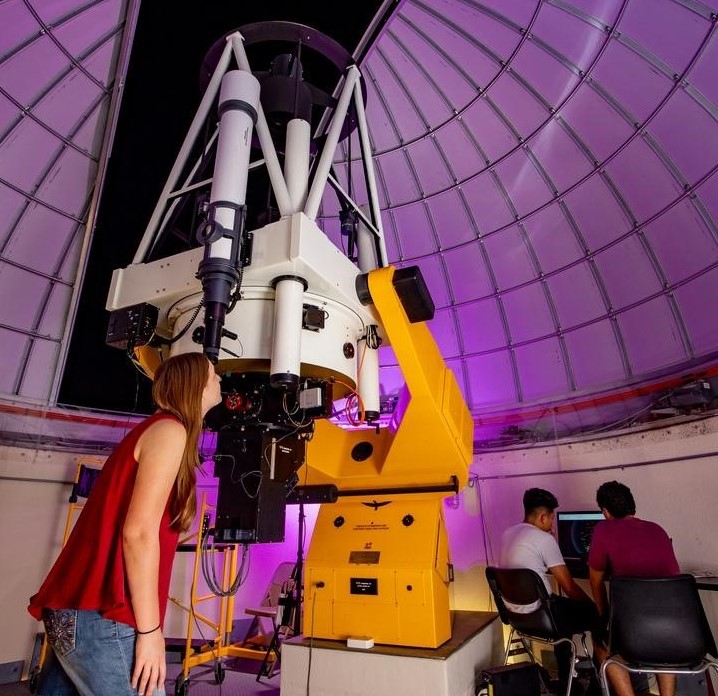Document Type
Article
Publication Title
Physics Letters B
Abstract
The Fourier coefficients v2 and v3 characterizing the anisotropy of the azimuthal distribution of charged particles produced in PbPb collisions at sNN=5.02 TeV are measured with data collected by the CMS experiment. The measurements cover a broad transverse momentum range, 110 GeV/c range, where anisotropic azimuthal distributions should reflect the path-length dependence of parton energy loss in the created medium. Results are presented in several bins of PbPb collision centrality, spanning the 60% most central events. The v2 coefficient is measured with the scalar product and the multiparticle cumulant methods, which have different sensitivities to initial-state fluctuations. The values from both methods remain positive up to pT∼60–80 GeV/c, in all examined centrality classes. The v3 coefficient, only measured with the scalar product method, tends to zero for pT≳20 GeV/c. Comparisons between theoretical calculations and data provide new constraints on the path-length dependence of parton energy loss in heavy ion collisions and highlight the importance of the initial-state fluctuations.
DOI
10.1016/j.physletb.2017.11.041
Publication Date
2018
Recommended Citation
Baarmand, M M.; Bhopatkar, Vallary; Colafranceschi, Stefano; Hohlmann, M; Noonan, D; Roy, Tuhin S.; Yumiceva, Francisco X.; and CMS Collaboration, "Azimuthal Anisotropy Of Charged Particles With Transverse Momentum Up To 100 GeV/c In PbPb Collisions At sNN=5.02 TeV" (2018). Aerospace, Physics, and Space Science Faculty Publications. 228.
https://repository.fit.edu/apss_faculty/228


